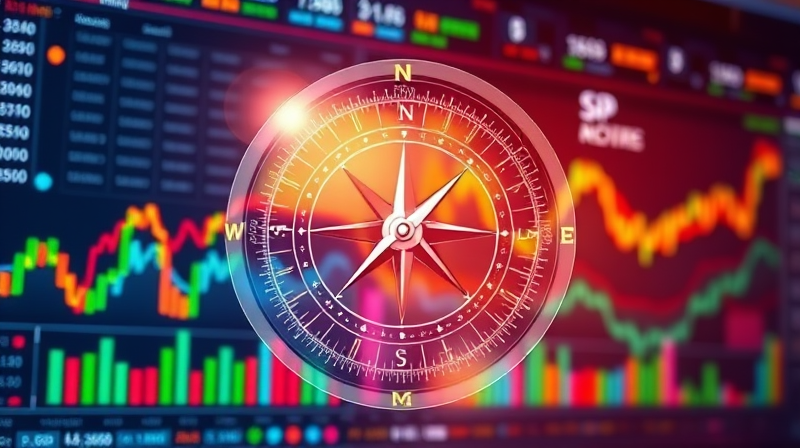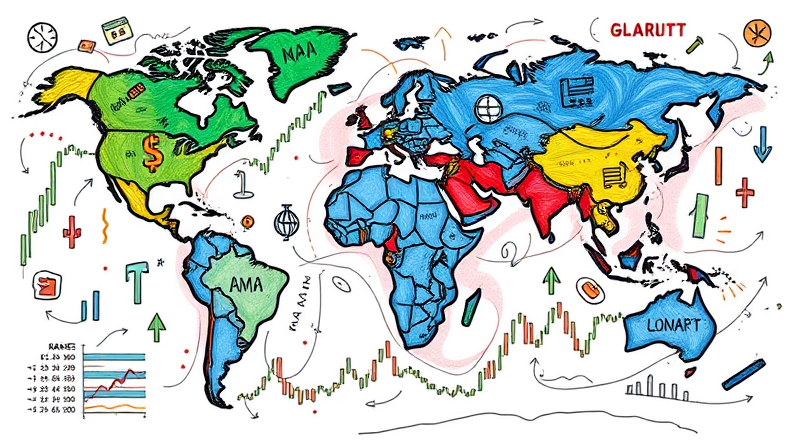
As the world transitions through post-pandemic recovery, shifting energy policies, and evolving geopolitical tensions, commodity markets have never been more vital to investors and policymakers alike. In this comprehensive exploration, we delve into price movements, emerging trends, key drivers, and actionable strategies to navigate a landscape characterized by both volatility and opportunity.
By understanding how supply, demand, and external shocks intersect, market participants can position themselves to capture gains while mitigating risk in an environment where traditional safe havens and growth sectors increasingly overlap.
Commodity markets facilitate the exchange of tangible goods and their derivative instruments. They encompass energy products such as oil and natural gas; industrial and precious metals; and agricultural staples including grains, cocoa, and coffee.
These markets deliver diversification benefits and inflation hedge potential, serving as a cornerstone for global economic activity and portfolio resilience. Investors access commodities via physical holdings, futures contracts, and specialized ETFs, each with its own risk-return profile.
After a modest 2% rise in the first quarter of 2025, broad commodity prices fell nearly 6% in April, driven by a combination of higher inventories and an appreciating dollar. The World Bank forecasts a 12% drop in global commodity prices in 2025, followed by an additional 5% decline in 2026, taking nominal levels below those seen in 2020.
Energy is poised for the steepest correction, with the World Bank energy price index expected to plunge 17% in 2025 and another 6% in 2026. Meanwhile, agricultural prices may dip 1% in 2025 and 3% in 2026, as favorable weather conditions boost yields. Metals and minerals, having risen 2.5% in 2024, are projected to soften through 2026.
Several overarching trends will define the commodity space in the coming year. Stakeholders must remain attentive to policy shifts, supply adjustments, and evolving demand patterns across regions and sectors.
A confluence of fundamental and exogenous factors determines the price trajectory for commodities:
With 59% of the most liquid commodity markets projected to average lower prices in 2025 than in 2024, investors must adopt potential for sudden price swings into their planning. Higher volatility than seen in previous decades underscores the need for robust risk management.
Sector divergence is prominent: precious metals and select agricultural goods like cocoa may buck the broader downtrend, while energy and base metals face headwinds. End-user price adjustments may lag commodity declines due to supply chain costs and sticky inflation.
Commodity-exporting nations are encouraged to build fiscal buffers and maintain fiscal buffers and rainy day funds to weather price cycles. Transparent revenue management frameworks can dampen fiscal volatility and support public investment during downturns.
The ongoing shift toward renewables and decarbonization is renewables reshaping long-term commodity demand, rerouting capital away from fossil fuels and boosting metals like lithium, cobalt, and nickel essential for battery production. Policymakers must balance energy security with climate commitments.
Understanding the interplay of supply dynamics, demand drivers, and external shocks is key to thriving in commodity markets. While broad price declines are anticipated in 2025 and 2026, pockets of resilience exist in precious metals and niche agricultural segments.
Adopting disciplined diversification, vigilant risk management, and strategic hedging will enable investors to capture value amid volatility. For producers and governments, proactive fiscal planning and sustainable policy frameworks can cushion against revenue swings and foster long-term stability.
Ultimately, success in commodity investing rests on blending rigorous analysis with adaptive strategies, ensuring that stakeholders can seize opportunities and mitigate risks in an ever-evolving global marketplace.
References













